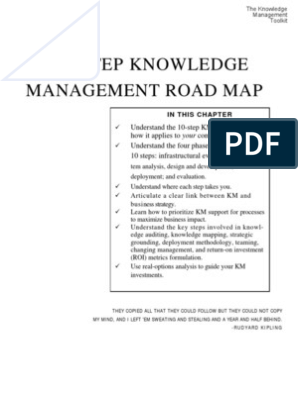100% found this document useful (1 vote)
243 views17 pagesGreek Theatre SOL
This document outlines a unit plan on Greek theatre that focuses on developing students' understanding of key elements of Greek theatre such as masks, chorus, and genres of comedy and tragedy through activities exploring performance, devising, and assessment. Students will gain knowledge about Greek playwrights and theatre conventions while practicing skills like unison, narration, and applying conventions to scripted performances which will be evaluated formatively and through a written assessment. Strategies are provided to support all students in developing skills across several assessment objectives and progress in areas like literacy, numeracy, and developing well-rounded performances.
Uploaded by
Hannah YoungCopyright
© © All Rights Reserved
We take content rights seriously. If you suspect this is your content, claim it here.
Available Formats
Download as DOC, PDF, TXT or read online on Scribd
100% found this document useful (1 vote)
243 views17 pagesGreek Theatre SOL
This document outlines a unit plan on Greek theatre that focuses on developing students' understanding of key elements of Greek theatre such as masks, chorus, and genres of comedy and tragedy through activities exploring performance, devising, and assessment. Students will gain knowledge about Greek playwrights and theatre conventions while practicing skills like unison, narration, and applying conventions to scripted performances which will be evaluated formatively and through a written assessment. Strategies are provided to support all students in developing skills across several assessment objectives and progress in areas like literacy, numeracy, and developing well-rounded performances.
Uploaded by
Hannah YoungCopyright
© © All Rights Reserved
We take content rights seriously. If you suspect this is your content, claim it here.
Available Formats
Download as DOC, PDF, TXT or read online on Scribd
/ 17














































































































